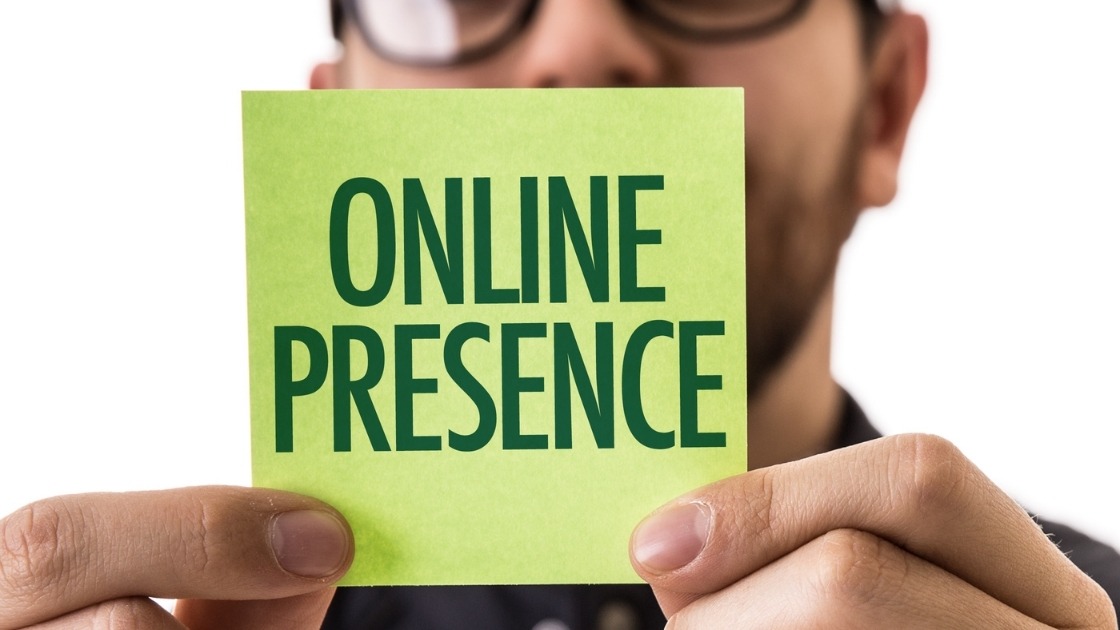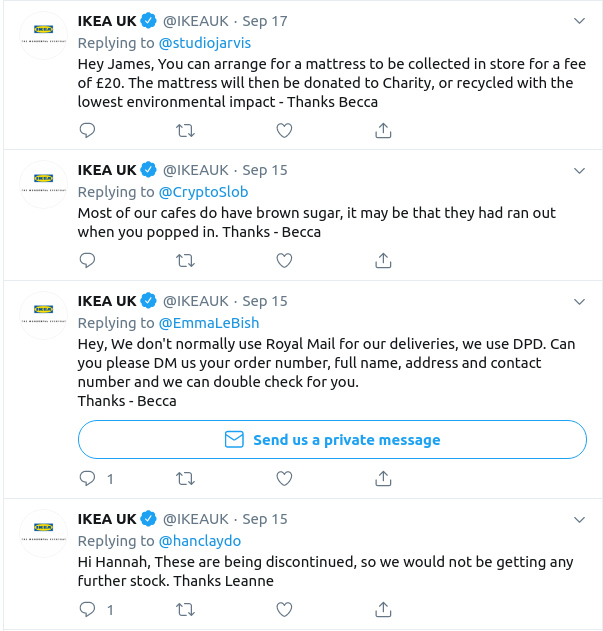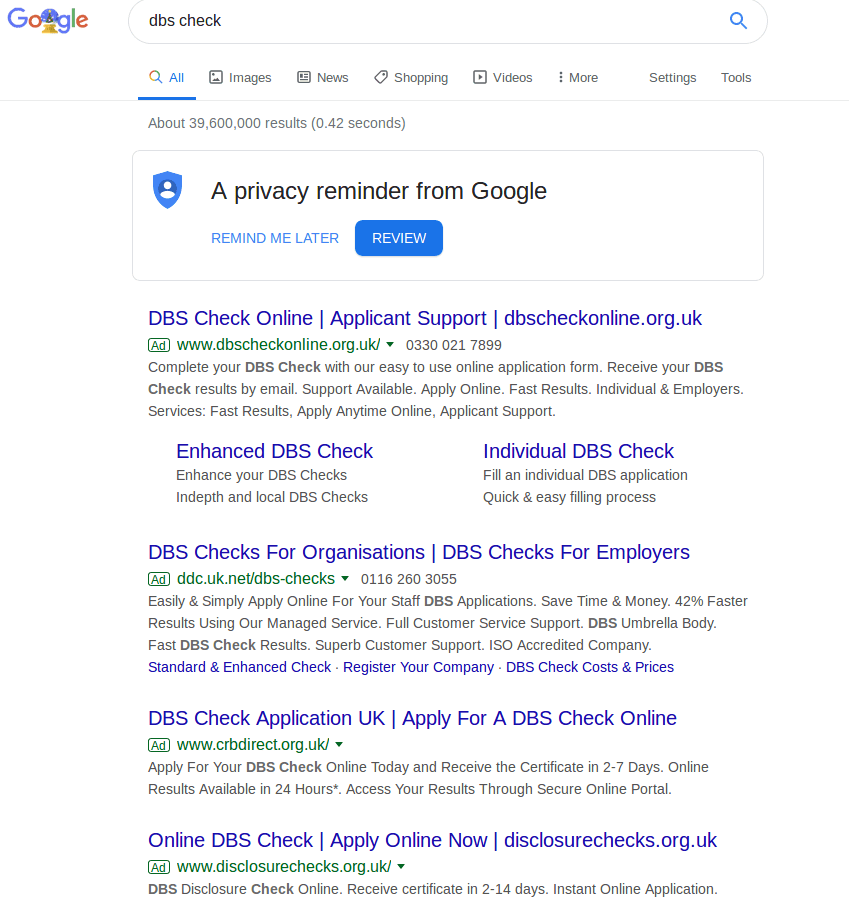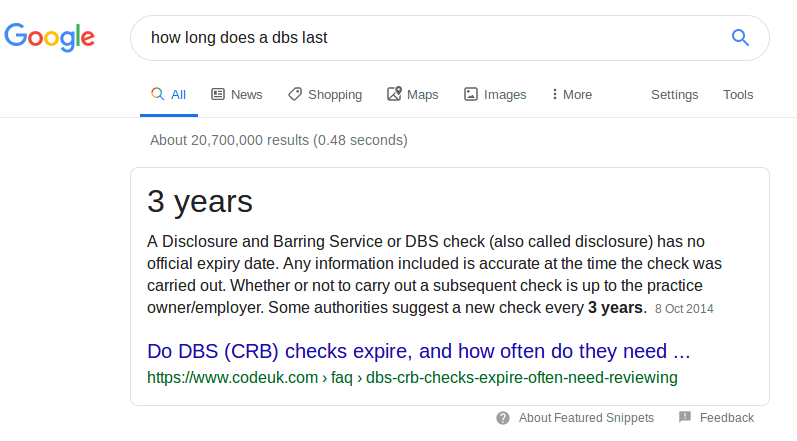A few decades ago, if a customer had an issue, question, or complaint, they would write a letter, compile an email or call a hotline. This can now all be done within seconds through a few clicks on a social platform.
Customer feedback has never been so accessible for businesses. There are multiple ways to gain it from every customer demographic, from a Gen Z to an old age pensioner. You just need the right tools to be able to collect this feedback.
Having said this, a survey by SnappApp found that 95% of people thought that collecting and measuring their current customer data is their most significant barrier.
How is it that 95% of people feel they don't have the correct tools to gain a better understanding of their customers?
This blog aims to help that 95%.
Here are 8 ways companies can collect and use customer feedback to improve their business, whilst measuring their customer's opinion.
Build a Social Presence
Potential customers are more likely to purchase something if surrounding influencers such as family and friends are saying "Have you seen this?", "Did you see what X posted last night?", or even "Check out the deal I tagged you in on Facebook".
The more followers you have on social platforms, the more trustworthy you look, and the bigger opportunity you have to collect valuable feedback to continue your growth. It's a win-win.
Social influence can be created in multiple ways, and one of the best ways is through responding to customers via social media. Having a presence this way does leave you open to public criticism though, but you have to take the rough with the smooth.
It's a great way to interact with customers listen to their latest needs, as they're often a lot more vocal over social media.
You shouldn't be afraid to ask for feedback either - there's nothing more reassuring for a customer than when they can see a business trying to improve.

The Need For Feedback Forms
Using a feedback form can be looked at like a tennis match.
The company serves first, by sending out an initial feedback form about their company. Customers return with answers to the form, which the business can then use to adapt the service and products they provide.
The process is then repeated - send a form, receive feedback, use it to improve! Every piece of returned feedback offers you the chance to improve an aspect of your business and adapt, so it's important to be able to collect and analyse it.
To make the best use of feedback, you need also need to record customer sentiments regularly and compare results to ascertain if improvements to the Customer experience you deliver are being made. Which is why it's important to benchmark.
Sending out Benchmark Surveys, allows you to do exactly this, allowing you to track any progress made over a period of time.
Don't wait until the end-of-year review to find out your customers don't like what you're doing.
Innovate
Customers are not all 'idiotic bigots', no matter what your support staff may say or think. Some customers can come up with breakthrough innovative ideas the sort that you would be happy to pay your creative team to come up with - but for free!
A perfect example of a company using the power of the customer innovation is Dell, establishing the Dell IdeaStorm in 2007, a platform where customers could brainstorm any ideas they wanted Dell to implement into their products.
They created a platform for their customers to do all the thinking, being able to take the brilliant ideas, royalty-free, without having to give any compensation or credit to the originator!
If that isn't genius, I don't know what is. It just goes to show that it's not just your workforce that has all the good ideas.
Customers are valuable, and at the end of the day you are selling to them, so it's more than worth listening to what they have to say.

Think Big
They say focused data is better data, and I agree to some extent, but disagree in another.
Not everyone has the same opinion. Requesting small demographics can be great for micro-changes and adjustments to meet specific customers needs, but it doesn't give you the full picture.
Using feedback from a bigger catchment creates more scope for improvement, creating a flexible product/service that had many strings to its bow. It's a lot easier to spot patterns and trends when more data is collected.
Show You Listen
It's all about PR. Responding quickly to customer feedback online shows people that you care and value peoples opinion. It's one thing making a statement about how much you value feedback, it's another to actually listen and act on it.
Ask for feedback, act on it, and don't be shy about communicating that you've acted on it. Show off the fact that you listen to your customers! You'll find anyone is much more likely to give honest feedback when they know it will actually make a difference - just like it does when you ask for employee feedback.

Restoring Credibility
Fighting fire with fire doesn't work with customer feedback. A negative comment doesn't need a negative response, unless you're dbrand. Always respond, If you got it wrong apologise, If you didn't and the customer was out of order, don't be afraid to explain your side of the story, but keep it polite, short and sweet.
Negative commentary can be counterattacked by positive feedback, reversing any loss of credibility you would have received from any nasty review.
Everyone expects a company to have negative reviews, and if they don't it begins to a look a little dodgy - like you've got all your mates from the pub to leave you 5 star raving reviews! You just can't win.
Instinctively we always jump straight to the negative feedback on review sites- who doesn't love a bit of drama? However, this doesn't mean you can't show off your positive reviews and testimonials to your website. It always helps to increase credibility and trustworthiness of your products/services when you see a name or company talking about what you offer.
Explore Different Avenues
As mentioned earlier, there are multiple ways to collect customer feedback to measure your customers opinions - below are a few ways that should not be forgotten:
- Email isn't dead yet. In fact, most companies still rely on email to receive customer feedback. How do you ask for customer feedback via email, or on the emails you send out? Click here to find out!
- Don't be scared of social media, it isn't all full of trolls and hate. You shouldn't be reluctant to ask for feedback on all social media platforms. Want to begin asking for feedback on your content? Click here to find out how you can!
- Customers are not aliens. Interact with them face-to-face, which can be done with strategies such as focus groups.
- Allow for reviews on your website. This can be either for feedback on the web pages, or on the service itself! To discover how you can effectively do that, click here.
- Third-party sites are a good source of reviews about your company, such as eBay or TripAdvisor. Wherever you have collect reviews and feedback from, don't be afraid to learn from it, and show it off!
The more places and areas you ask for feedback, the better the understanding you can get of your customers opinions. You can never have too much feedback!
Use Competitors as a Benchmark
A company shouldn't be embarrassed about looking at how others who are in the same field are dealing with customers.
It shouldn't be seen as copying, but as a comparison to the big hitters in your industry. Since bigger companies are much likely to take a hefty amount of abuse from customers, why not take advantage of this and see how they tackle it? There's no need to try and reinvent the wheel!
There is the urban myth of the man who worked in the fast-food industry and was tasked by his company to find the best place to put a fast food restaurant in each city. He breezed into each city, found a busy McDonald's then simply wrote a quick report recommending that they should place the restaurant near to it, and then took a few days off. Why? McDonald's spend millions on market research and seem to always be successful.
No, I'm not saying copy everything your competitor does - just use it to help influence some of your decisions whilst creating your unique customer experience. Learn what impresses your customer from the feedback collected and then try to improve on it.

Final Thoughts
Moral of the story? There's no excuse for not being able to collect feedback, use it to discover what your customers really think, and use it to make the changes your business really needs.
You can read more on collecting customer feedback via Benchmark Surveys and Customer Feedback requests by clicking here.
If you have any questions about collecting customer feedback, or have any of your own strategies, let us know in the comments below!
Improve Your Business Today
Discover how Cxceed can help improve your customer experience and boost your profit.


































